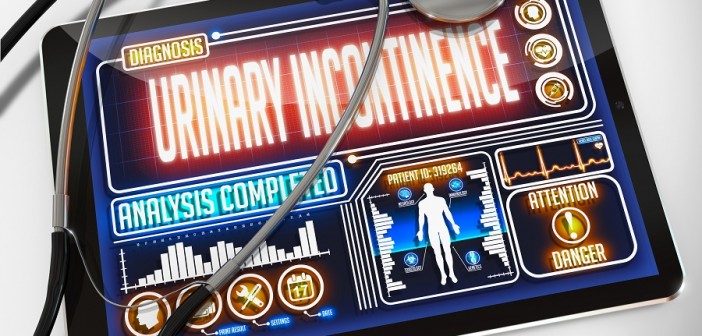Urinary incontinence is the loss of ability to control the bladder. This problem is more common than many people know, but because it’s embarrassing, many suffer in silence. Incontinence can range from an occasional drop or two of urine accidentally released after sneezing to having sudden, uncontrollable needs to urinate. There are ways to alleviate this difficulty through lifestyle changes and/or urinary incontinence treatment.
Different Types of Incontinence
There are several different types of bladder-control difficulties, including urge, stress, overflow, and functional incontinence. The symptoms will dictate the diagnosis, or a person may have a mixture of several of these types. Symptoms include urine leaking due to pressure from laughing, heavy lifting, or coughing. There may also be a problem with dribbling urine because the bladder isn’t fully emptied. The problem may stem from aging, childbearing/childbirth, infection, neurologic disorder, mental impairment, or physical challenge. It’s wise to see a doctor to rule out the most serious possibilities and to get advice on handling the symptoms.
Reasons for Bladder-control Challenges
Urinary incontinence occurs in both males and females, and while it is most common in people over 50, it can happen at younger ages. Depending on the cause, the condition may be temporary or chronic. Some foods, beverages, and medicines can cause temporary incontinence, such as alcohol, soft drinks, corn syrup, spicy foods, citrus, sedatives, blood pressure medications, and mega-doses of vitamins C or B. A urinary tract infection or constipation can also create a short-term problem of leaking urine. Some of the more persistent causes are age, pregnancy, childbirth, vaginal surgeries, prostrate cancer, enlarged prostrate, kidney stones, multiple sclerosis, stroke, and nerve damage.
Medical Advice
Anyone who is suffering from urinary incontinence would be wise to seek medical advice. A physician would probably take a medical history and perform a physical. The patient would most likely have a urinalysis to check for blood or infection in the urine. He or she may also be asked to keep a bladder diary to gather more information. Tests such as cystoscopy, pelvic ultrasound, and urodynamic testing may be performed, as well.
Treatments
There are different techniques that are used to treat the symptoms, and recommendations will depend on the patient. Lifestyle changes may help curtail the problem, or medications or devices may be prescribed. Surgical procedures and alternative interventions, such as vSculpt, can remedy the incontinence, and if all else fails, pads and protective garments can be worn.
Urinary incontinence can be a troubling physical ailment that impacts a person’s social, home, and work life. Luckily, there are steps to take to heal this problem. A physical examination by a medical provider could steer a sufferer in the right direction for remedies so he or she can get on with his or her life.




